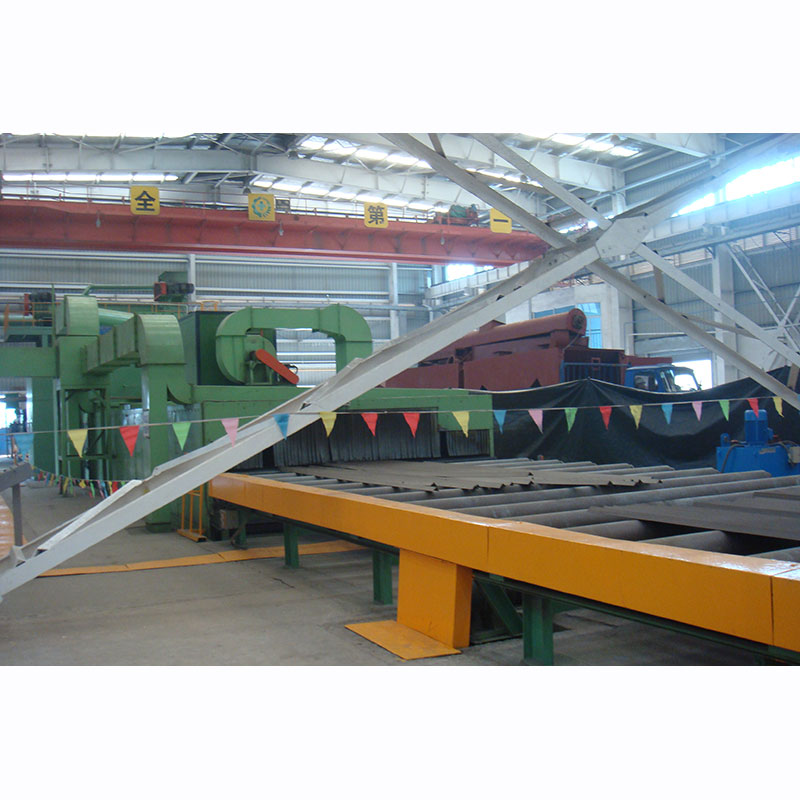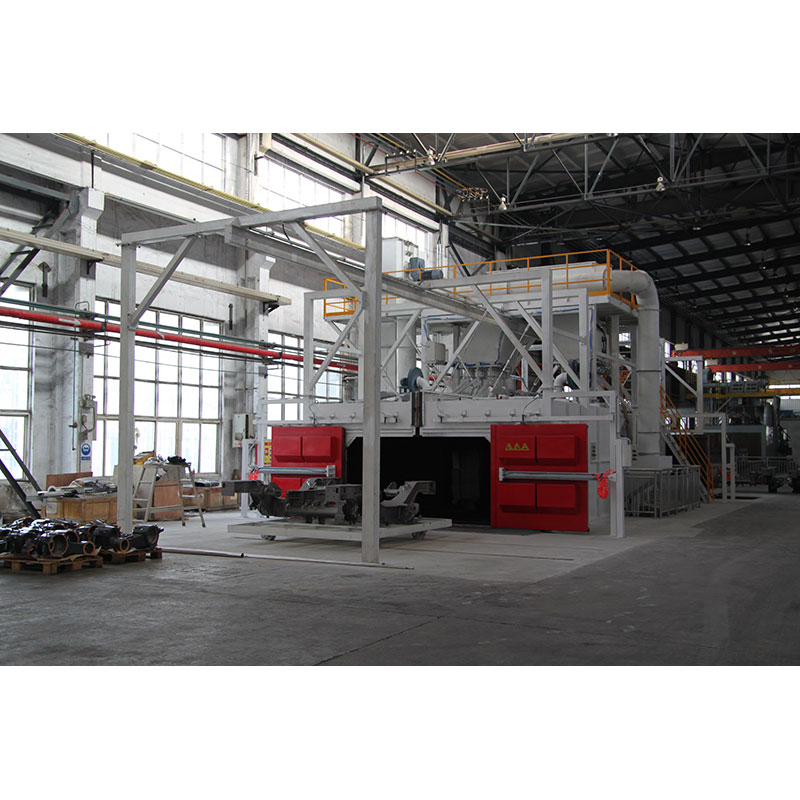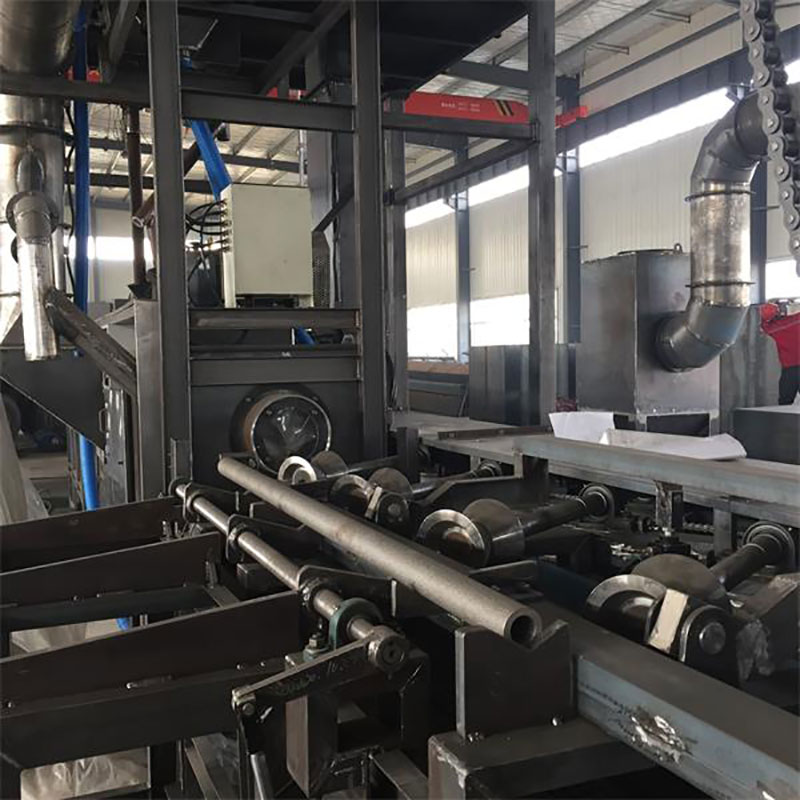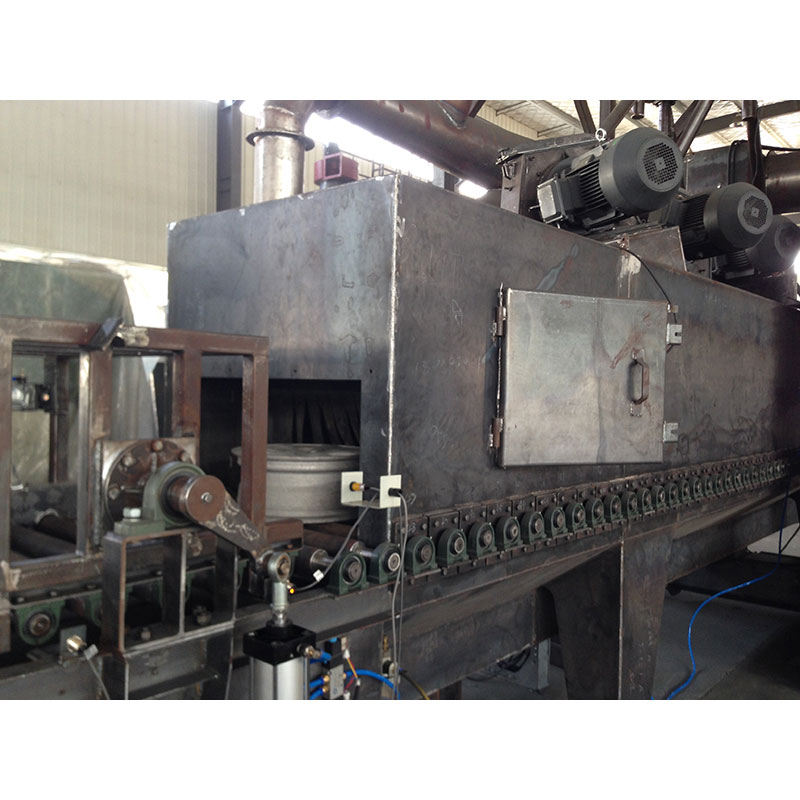Sandblasting, also known as abrasive blasting, is a process used to clean, shape, or smooth surfaces by forcibly propelling abrasive material against them at high speeds. Safety is paramount when engaging in sandblasting activities, as the process involves the use of potentially hazardous materials and equipment. Here are essential safety precautions for sandblasting:
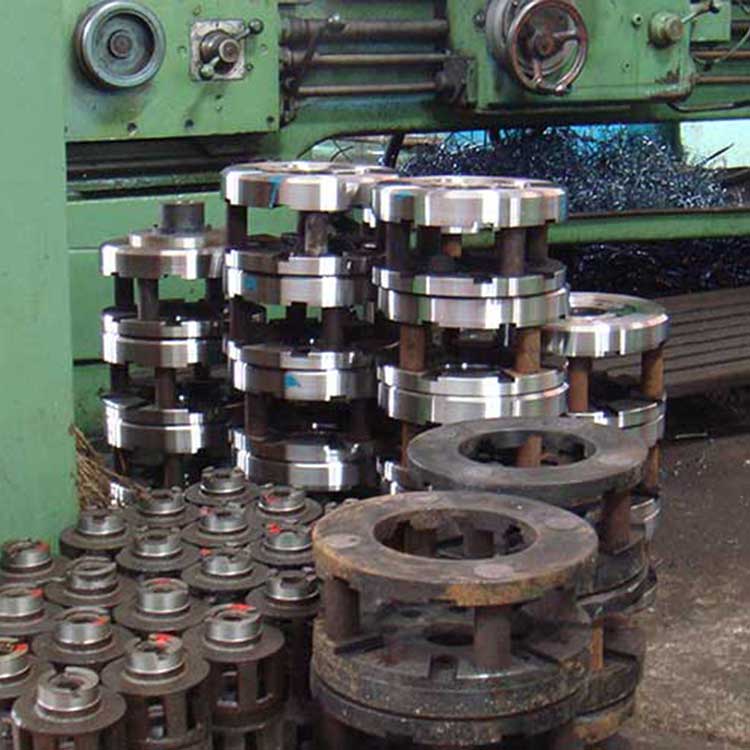
Protective Equipment:
Protective Clothing: Wear appropriate protective clothing, including a long-sleeved shirt, long pants, gloves, and sturdy work boots to cover as much skin as possible.
Respirator: Use a NIOSH-approved respirator with the appropriate filters to protect your lungs from inhaling airborne abrasive materials.
Eye Protection: Wear safety goggles or a full-face shield to protect your eyes from abrasive particles and dust.
Respiratory Protection:
Use a supplied-air respirator or an air-purifying respirator with the correct type of filter, depending on the abrasive material being used. This is crucial for preventing respiratory issues caused by inhaling abrasive dust.
Ventilation:
Work in a well-ventilated area or use exhaust ventilation systems to minimize the concentration of airborne particles in the work environment.
Training:
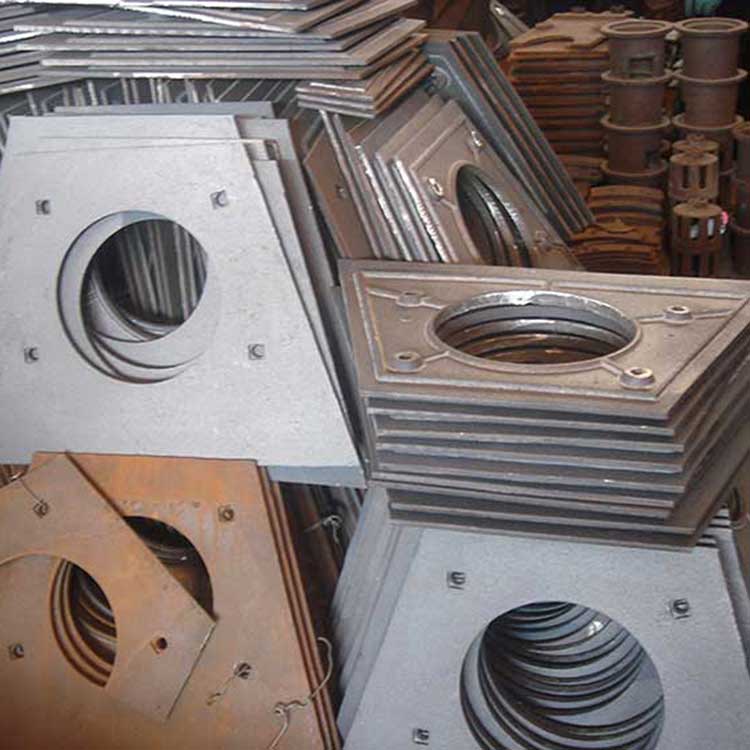
Ensure that operators are properly trained in the use of sandblasting equipment and understand the associated risks. Training should cover equipment operation, emergency procedures, and the use of personal protective equipment (PPE).
Equipment Inspection:
Regularly inspect and maintain sandblasting equipment to ensure it is in good working condition. Check hoses, nozzles, and fittings for wear and tear, and replace any damaged components promptly.
Abrasive Materials:
Use only abrasives recommended for the specific task. Different abrasives have varying levels of toxicity and pose different health risks.
Distance and Angle:
Maintain a safe distance from the blasting nozzle, and angle the nozzle away from your body to prevent direct exposure to abrasive rebound.
Work Area Isolation:
Clearly mark and isolate the sandblasting work area to prevent unauthorized access. Use barriers and warning signs to alert others to the potential hazards.
Have emergency procedures in place, including first aid measures, and ensure that all workers are aware of them. Have a communication system in case of emergencies.
Follow established safe work practices, including not removing protective equipment while in the work area, and avoid distractions or horseplay during sandblasting operations.
Safely store and handle abrasive materials to prevent spills, contamination, or other hazards.
Use hearing protection, such as earplugs or earmuffs, to reduce the risk of hearing damage from the noise generated by the sandblasting equipment.
Remember that safety is a shared responsibility, and everyone involved in the sandblasting process should be aware of the potential risks and take appropriate precautions to minimize them. Always follow the safety guidelines provided by the equipment manufacturer and relevant safety regulations.
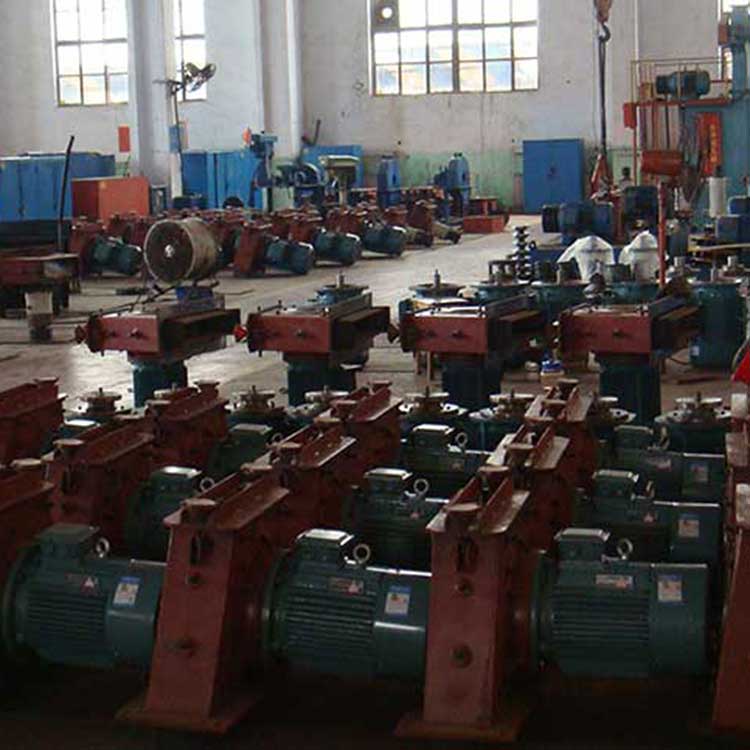
 English
English  Español
Español  Português
Português  русский
русский  Français
Français  日本語
日本語  Deutsch
Deutsch  tiếng Việt
tiếng Việt  Italiano
Italiano  Nederlands
Nederlands  ภาษาไทย
ภาษาไทย  Polski
Polski  한국어
한국어  Svenska
Svenska  magyar
magyar  Malay
Malay  বাংলা ভাষার
বাংলা ভাষার  Dansk
Dansk  Suomi
Suomi  हिन्दी
हिन्दी  Pilipino
Pilipino  Türkçe
Türkçe  Gaeilge
Gaeilge  العربية
العربية  Indonesia
Indonesia  Norsk
Norsk  تمل
تمل  český
český  ελληνικά
ελληνικά  український
український  Javanese
Javanese  فارسی
فارسی  தமிழ்
தமிழ்  తెలుగు
తెలుగు  नेपाली
नेपाली  Burmese
Burmese  български
български  ລາວ
ລາວ  Latine
Latine  Қазақша
Қазақша  Euskal
Euskal  Azərbaycan
Azərbaycan  Slovenský jazyk
Slovenský jazyk  Македонски
Македонски  Lietuvos
Lietuvos  Eesti Keel
Eesti Keel  Română
Română  Slovenski
Slovenski  मराठी
मराठी  Srpski језик
Srpski језик 

